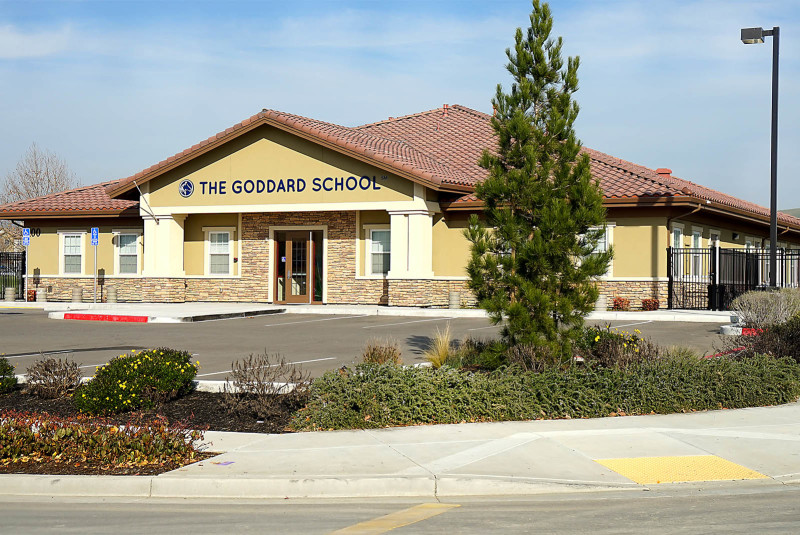Commercial construction loans are credit facilities issued to developers by financial institutions for the purpose of funding the construction or renovation of commercial projects. Considering the high cost of commercial construction in the U.S., many developers leverage these loans to complete projects. In 2020, for instance, the value of commercial construction loans in the U.S. was about $2.4 trillion. Here is more detailed information on this topic.
Construction in Pleasanton: Commercial Construction Loans and Lenders
Regional and community banks typically issue the majority of commercial construction loans. This is because they understand local construction markets and real estate investors better than other financing institutions. Unlike before, when developers could only get funds from the community and regional banks, financing institutions such as national banks and insurance companies have now stepped in to provide commercial construction loans. The main types of commercial construction loans include:
-
Short-term loans
– These are the loans provided by lenders to fund the construction and renovation of structures. Developers can also use short-term loans up to the lease-up stage.
-
Long-term permanent loans
– These are loans obtained by developers after the construction project has been completed and is operational. The purpose of these loans is to pay off the construction loans and give the construction project some operating history.
It’s worth noting that some lending institutions can combine a mini-perm loan with a construction loan to create one product. You just need to submit a loan request to the right lending institution to start the loan process.
Commercial Construction Loan Underwriting
Once you submit your commercial construction loan request to the financing institution, the top management will review your supporting documents to determine your loan eligibility. They will first evaluate the project’s feasibility to make a financing decision. If the project qualifies for funding, the institution will then present to you the terms and conditions of financing it. The official underwriting will commence if you go past these stages successfully.
The underwriting process involves the evaluation of the project performed, real estate market, guarantors, risks, and budget, among other factors. Specifically, the lender will review the guarantors’ financial capability, the estimated budget, the condition of the local real estate market, and the construction project schedule. Depending on the outcome of the underwriting process, you may either receive funding or get disqualified.
In case of loan approval, the lending institution will issue a commitment letter that outlines more detailed terms and conditions of the loan. One good thing about commercial construction loans is that the lending institution will not review the operating history during underwriting, something that is contrary to investment real estate loans.
Commercial Construction Loan Closing Process and Beyond
The underwriting process usually takes anywhere from 25 to 45 days. Closing is the next step after loan approval, and it can take up to a year. This stage typically involves a lot of documentation and procedures conducted in the presence of both parties’ attorneys. The lender will issue the borrower with a loan closing checklist that outlines what he/she is supposed to do for the loan to close. Unlike other loans, borrowers don’t receive a lump sum after completing the closing process. Instead, funds are released in installments depending on the progress of the project. Therefore, the borrower must submit an expenditure report for review and approval before receiving funds.
Commercial construction in Pleasanton can be a complex undertaking both technically and financially. The experts here at Proforma Construction will guide you through the process to ensure that your commercial construction project is successful.




